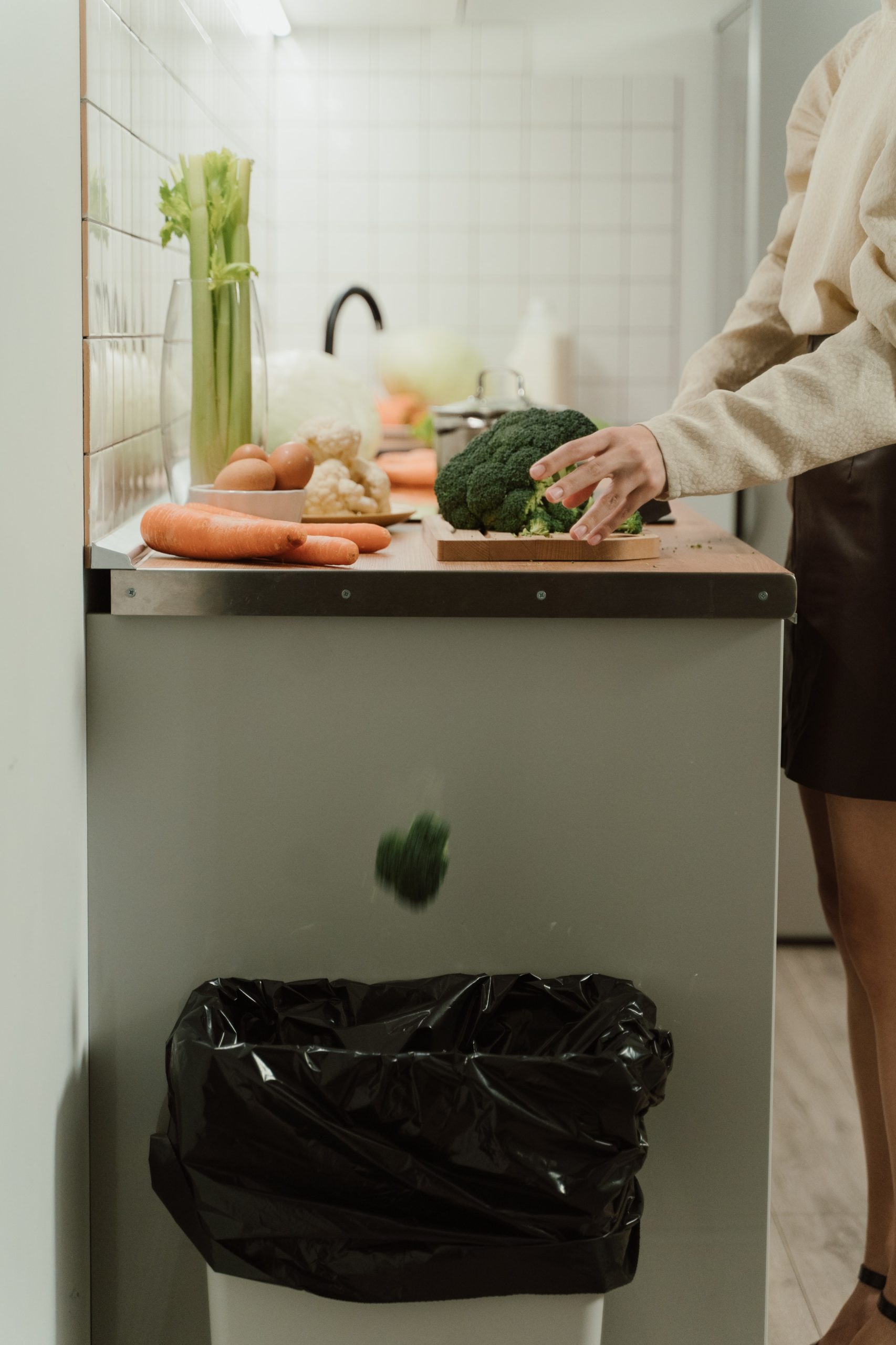Winter is back. In this cold weather, we turn on the heating again. It’s time to follow some simple and easy tips to save energy while keeping your home comfortable. Especially since good housekeeping practices can also make your home safer and reduce your energy bill, and with small improvements, the cost can be recouped in the first winter or in a few seasons. So, without further ado, let’s dive into this blog and learn some of the things you need to know about saving energy during the winter.
1. Detect air leaks

To detect air leaks, move a candle or incense stick slowly around doors and windows and along the edges of walls, floors, and ceilings. If the flame or smoke flickers, you have a leak. You can turn on the range hood, dryer, bathroom fan, and central vacuum at the same time.
These appliances will create a suction effect that will make it worse. If you find a spider that has woven its web indoors, it is also a sign that there is a small opening in the structure of your home. These insects are like draughts. Here are the strategic places to inspect:
- Doors and windows
- The attic hatch and ceiling lights
- Around elements that pass through the ceiling (plumbing and ventilation wires and ducts, etc.)
- Exhaust fans (range hoods, bathroom fans, etc.)
- Edges of walls and floors
- Pipe penetrations in exterior walls
- Cracks in foundations
- Electrical outlets
- Chimney (the chimney damper at the top of the flue, under the cap, normally prevents cold from entering the house through the chimney: make sure it is tight).
2. Caulk!
Once you have found the leaks, you should seal them to reduce energy loss and make your home more comfortable during the winter. Ideally, do this caulking in dry weather when the outside temperature is above 5°C. The product will apply more easily.
While you’re doing this chore, take the opportunity to adjust or replace weatherstripping on doors and windows. You can also seal cracks in the foundation and inject foam insulation at the base of baseboards or behind door and window moldings.
If you don’t need to open some windows in winter, cover them with one of those clear films that can be stretched with a hair dryer: this will increase the water-tightness. You can also apply a removable sealant around the windows.
Finally, clean the duct of the kitchen hood. Do the same with the dryer and bathroom fans so that they can close completely.
3. Do a blower door test

More accurate than a candle, a blower door test will allow you to intervene more effectively. Using a device consists of creating an artificial depressurization inside the property to simulate high wind conditions. Air is drawn through holes and cracks in the house, so you can see where it is seeping in and measure how much. To find out if you are eligible for grants to insulate your home, which aims to improve the energy efficiency rating of residential homes.
4. Replace your old mechanical thermostats
Electronic thermostats are more accurate than mechanical models and provide a continuous reading of the room temperature. The variation is up to 0.5°C from the desired temperature, compared to 2-5°C with mechanical devices. Electronic thermostats, therefore, provide a constant temperature and greater comfort while saving up to 10% of annual heating costs. Get programmable ones, so you can automatically adjust the temperature of the rooms according to a pre-set schedule. You can also opt for smart thermostats, which you can control remotely with the help of a mobile app.
5. Turn down the heat

Turn down the temperature in your home. A one-degree decrease is equivalent to savings of 5-7% on your heating bill. Here are some additional tips to keep your heating system working properly:
- Open the curtains during the day to let the sunshine in and close them at night to reduce heat loss.
- In the autumn, before turning on the heating, clear the space around the baseboard heaters and dust them so that the air can circulate properly. If your radiators have several layers of paint on them, stripping them will allow the heat to spread better.
- Do not place furniture in front of a heat source.
- Regularly clean air intake grilles and vents if your property has a forced-air heating system.
- If there is a fireplace in your home, close the doors and the damper after the fire has gone out. This will prevent hot air from escaping.
- Replace the filters in the ventilation system as needed.
- Make sure that the access to the attic is well-insulated.
Sound off in the comments section below, and tell us what you want to read next and if you want to read more about saving energy during the winter.
